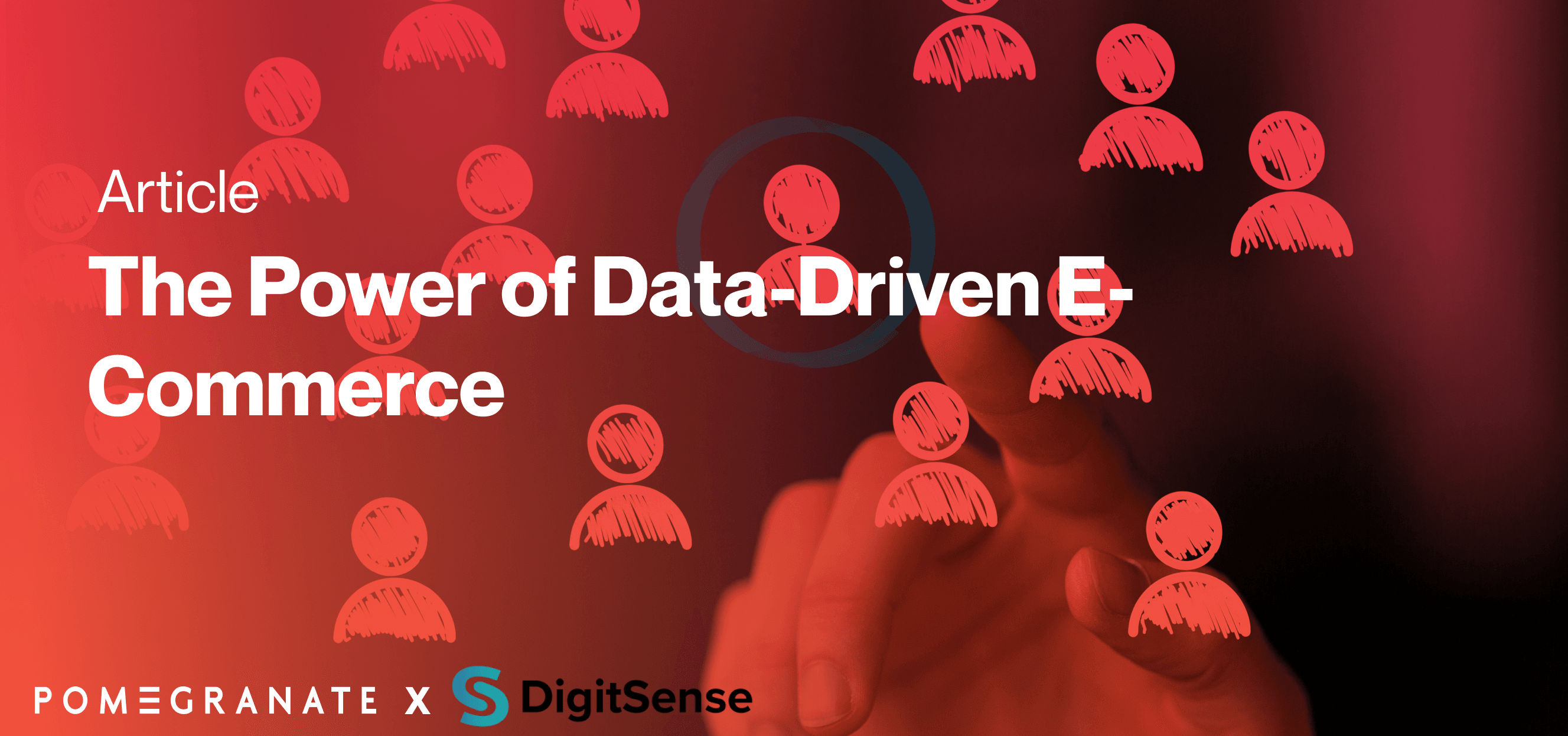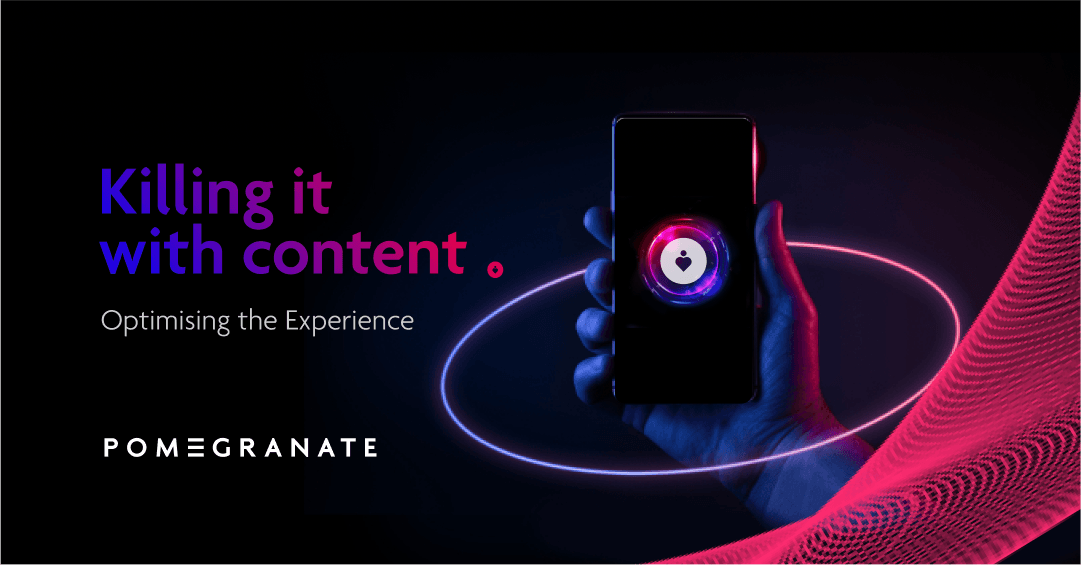Great storytelling builds a world and transports you into it. _ In a world where content is everywhere and consumed tenfold, the brands that stand a chance to cut through the noise are those that leverage great storytelling._
We sat down with Samuel Broomby, Creative Director at Pomegranate Media, to break down the psychological principles that determine whether your brand story will create long-lasting impact.
Sam, everyone talks about storytelling in branding and design. What's actually happening in our brains when stories work?
"Look, it's not magic, it's measurable psychology. When we process stories effectively, our brains respond in specific, predictable ways¹.
The fascinating part is that stories that feel easy to process actually make our brains work harder, yet we resist them less². It's this paradox that makes storytelling so powerful for brands."
What are the key psychological principles that brands should understand?
"Well, three core mechanisms determine whether your story lands or flops. First is cognitive fluency. Which basically how easy information feels to process. Second is signalling theory, which explains how consumers interpret cues to judge quality.
And third is narrative transportation, that feeling of being completely absorbed in a story. Master these three, and you're not guessing anymore. You're applying proven psychology."
So, let's start with cognitive fluency. What does that actually mean?
"Simply put, it's about making things feel effortless. The human brain tends to prefer information that feels familiar and easy to process³. It's tempting to think of this as "dumbing down," but at Pomegranate, we actually think of it as unfolding the story in a way where the audience doesn't have to fight to stay with you.
Although different audiences, on different platforms have different levels of cognitive fluency, generally on the web, audiences are fickle. They will make snap decisions, within fractions of a second about whether something is worth their time⁴. So brands need to know how to break down their story and make it cognitively fluent - and it's not always easy!"
Can you share an example where cognitive fluency really made the difference?
"Absolutely. Take Cowboy Electric Bikes, an emerging leader in the e-bike sector. On paper, a specification sheet for one of their models could be overwhelming and confusing. But instead of speaking obtusely about torque output, battery capacity, and motor efficiency, features that their audience would likely struggle to digest, they turn each of these blocks into a narrative moment.
The removable battery isn't defined by its watt-hour rating; it's defined by the freedom to charge it in your kitchen⁵. The automatic electric assistance isn't just additional torque; it's the feeling of gliding up a hill without breaking a sweat.
That's the real goal. Making the experience of following your story so effortless that your audience's attention can stay on what matters."

That's impressive. Now, what about signalling theory?
"This is about how consumers read between the lines. Humans are constantly scanning for cues about the world around them. It's a survival mechanism hardwired by millions of years of evolution⁶.
In branding and design, we're still looking for signals that help us decide, often subconsciously, whether something is worth our time, attention, and trust.
Take the Luxury brand, for example, it's almost entirely built on signals. It's rarely sold through the raw utility of the product, but in the way that it's presented, in the precision of the details and the refinement of the craft⁷."
Can you share an example of a pomegranate project that demonstrates the application of signalling theory?
"Yes, of course. When we recently redesigned Glion's website, we had to consider two distinct audiences and the different signals they needed to see to trust the brand.
For the prospective student, we borrowed cues from the interface polish of Apple's iOS, given that Apple's iPhone dominates the affluent segment of the market, with smooth animations, elegant transitions, and layouts that give each piece of information space to breathe⁸. We then tapped into Jakob's Law, which tells us that people prefer structures, online, to follow familiar patterns⁹. It's not just about comfort; it's a subtle signal that we understand your world.
And finally, for parents, the ones ultimately making the decision and paying the tuition, the signals had to communicate trust, legitimacy and clarity."

What about narrative transportation?
"This theory refers to the sensation of being so absorbed in a story that the outside world dulls or disappears.
Everybody has felt it. It's the moment when you lose track of time. When it's not just about consuming information, but rather feeling like you are inside the story¹⁰.
This principle is the holy grail of storytelling because it softens scepticism and invites a deeper emotional connection¹¹. It's when the experience becomes greater than the sum of its parts."
What brand can you see has truly mastered narrative transportation?
"Mammut's Eiger Extreme "Baikal" expedition page is a brilliant example of this. Rather than hitting you with product specs, the page unfolds like a visual journey. You see Dani Arnold, the pro-alpinist, stepping onto the glass-smooth expanse of Lake Baikal in temperatures approaching –40°C.
The presentation carefully choreographs visuals, text, and pacing to mirror the flow of a real expedition. You're not just shown a jacket, you're transported into the extreme environment where it has to work.
By immersing you in the environment and the climber's journey rather than listing specs upfront, the page makes you feel it rather than analyse it; which is exactly how narrative transportation works its magic."

What's the measurable impact of getting this right?
"When brands effectively apply these psychological principles, engagement skyrockets.
Emotionally engaging content performs twice as well as solely rational approaches¹¹. And here's the kicker, narrative transportation effects actually get stronger over time, not weaker¹².
It's not just about immediate impact. It's about creating stories that stick around long after someone's left your site."
Do you have any final thoughts on where this is heading?
"What Cowboy, Glion, and Baikal have done shows that storytelling is about understanding human psychology to create genuine connections that benefit both brands and consumers.
The brands that understand the psychology behind storytelling will be the ones that create experiences that fundamentally change how consumers relate to them.
Interested in how your brand story and narrative can be elevated with an underlying understanding of the psychology that powers effective design? Get in touch with us at Pomegranate."





